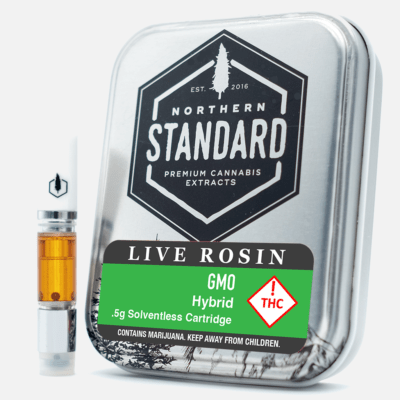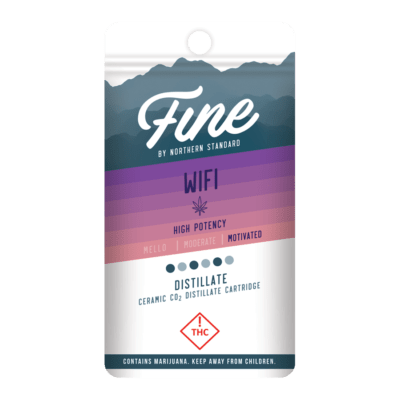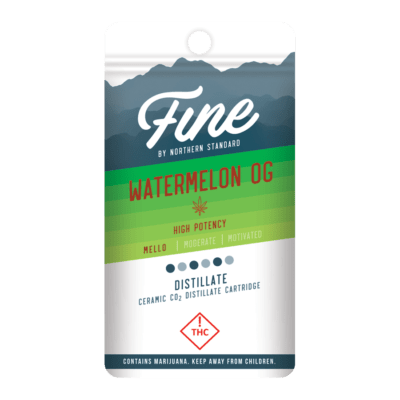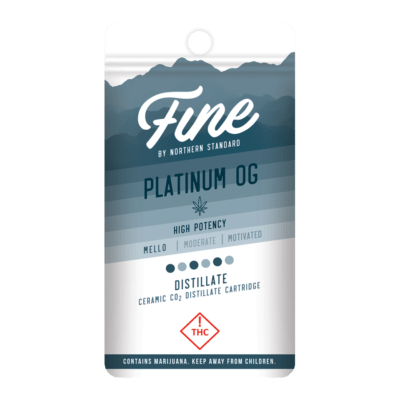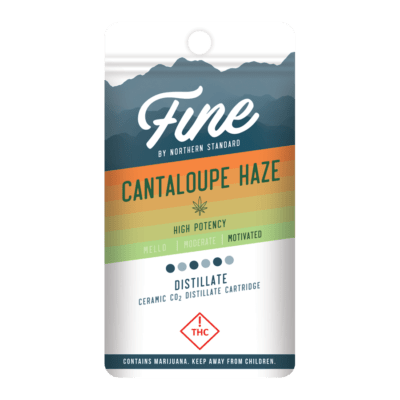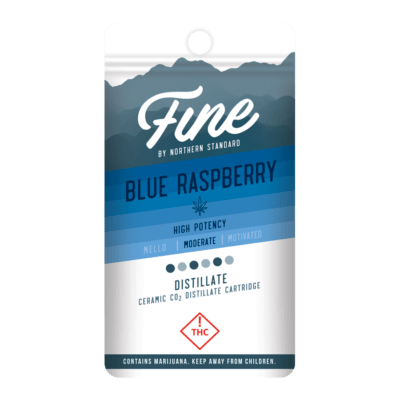Blue Dream has “open-source” genetics and is relatively easy to produce. It’s a best-seller in many American medicinal communities – as many have found it to be a remedy for chronic fatigue, depression, and insomnia. (Some have called it a “medicine cabinet essential” and the “Aspirin of Cannabis.”)
After making its debut in the Northern California medicinal scene in the 1990s, Blue Dream became exceedingly popular among recreational users – a few years ago, Westword featured the stain in an article headlined “Blue Dream is Colorado’s Most Popular Strain.”
A happy strain that puts consumers in an easygoing mood, Blue Dream lends a body buzz and helps users work up an appetite (that comes from its “Blueberry” heritage). Although it’s classed as a sativa, Blue Dream is also balanced out with some indica influences, which pushes it closer to hybrid territory. Its head-high, which comes from its Haze genetics, hits the sweet spot between focus and relaxation – making it a pleasant creative aid. While Blue Dream is a strong strain, it’s not overpowering, so users generally don’t get couch-locked after a hit.
Consumers enjoy Blue Dream’s earthy blueberry aroma and full-body relaxation, which is due to its above-average THC levels. Because of its potency, it’s recommended for moderate to experienced cannabis users.
Blue Dream gives off a sweet, floral scent mixed in with notes of citrus sandalwood, and the flavor itself is heavy on blueberry and balanced with hints of lavender.

